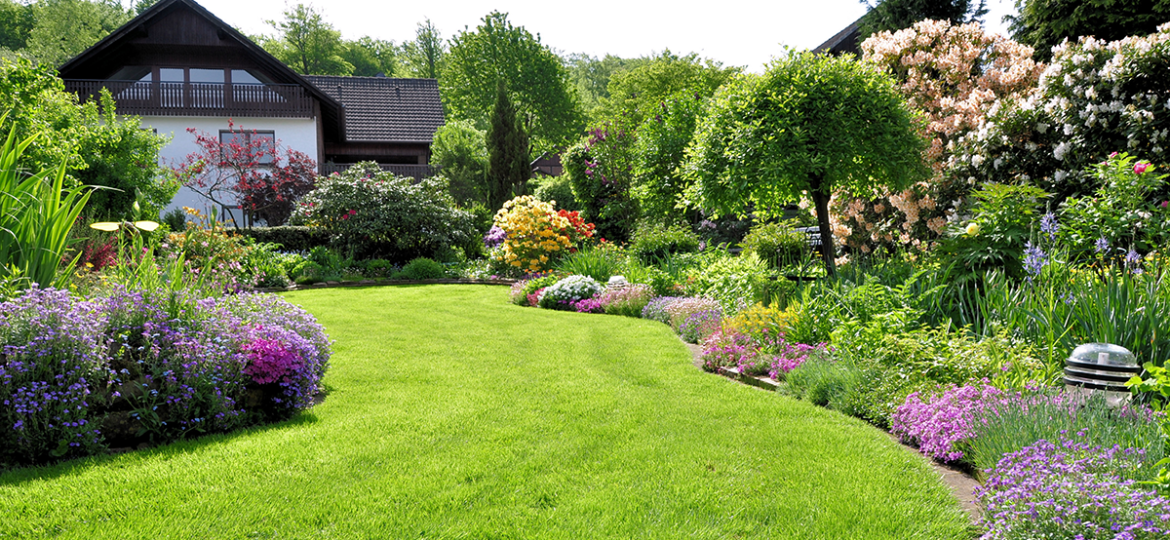
Every project a landscape designer works on has its particular hurdles. The problems that face these designers are only getting more complicated as people desire more sophisticated and luxurious lawns. Fortunately, new technological innovations that were once science fiction are now available to the landscaping industry. The goal is to help designers overcome age-old and new-aged challenges. Augmented reality is one such technology allowing them to overcome such obstacles.
Here are the ways AR technology is innovating landscaping.
It Eliminates The Overuse of Common Plants
It’s far too familiar for a landscape designer to play it safe with decorative plants around trees and in patches of garden, using the same old fern or hosta plant that we’ve seen countless times. These common items are an example of a pet peeve for many in the industry because it can look unnatural and dull. Opting for patches of trilliums and flowers would give the scenery vibrancy and more of a natural touch. However, it’s easy to see why this isn’t the norm in landscape design because unless you have one of the 400,000 species of flowing plants in the world handy, it’s hard to visualize what would best fit your projects aesthetic. This is where AR technology comes in – with the use of a smart device with a camera; it’s now possible to choose from a massive library of decorative plants and virtually superimpose them onto any landscape. Augmented reality isn’t only great for finding fun alternative ornamental plants but for visualizing how all the colors blend in your aesthetic.
It Eliminates Awkward Feature Scaling
Scaling problems are always common mishaps with landscape designers. A classic example is understanding plant size at maturity. Plant nurseries typically carry small, 1-5 gallon-sized young plants. However, those same plants can grow up to be 15-foot giants. This growth can turn a clean and stylish scenery into a cluttered and untidy mess in just a few years. For this reason, it’s smart to have an idea of what matured plants look like within your space. AR technology is perfect for doing just that. It will enable you to use the plant you have in mind to superimpose it within the landscape. Another scaling issue that can be addressed by this technology is what a water feature might look like within a particular landscape. As an example, AR could enable you to see the difference of using a rock waterfall as an exotic accent garden piece or a jarring overly-large eyesore that ends up reducing property value.
It Eliminates Client Confusion
It’s incredibly challenging to portray a finished landscaping space to a client. In a day when there are so many options to bring a landscaping space to life, it’s one thing to tell a client what you can do, but showing them is something else. Augmented reality is the closest thing you can get to represent your vision of a completed landscaping space. It can alleviate the challenges of finding out what the client wants by giving them the capability of actually seeing it. AR even gives you the ability to see the space in different seasons when different species of plants are in bloom or not.
Building an aesthetic for your landscape project takes trial and error, which usually takes a lot of labor costs, planning, and coordination with plant nurseys and clients. However, those hurdles are easy to overcome with augmented reality. There are many more applications of AR in landscape design, which are likely to give early adopters a substantial competitive edge!
